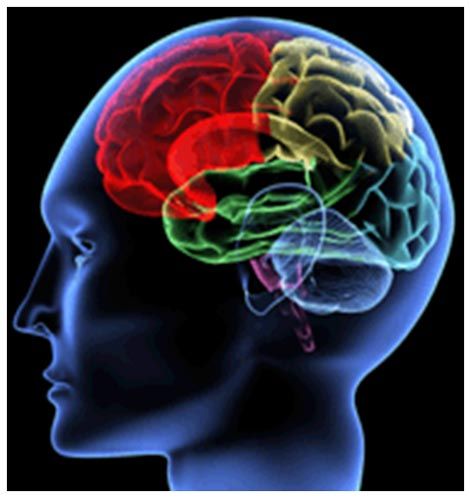F.A.S.T. is an easy way to remember the sudden signs of a stroke. When you can spot the signs, you’ll know quickly that you need to call 9-1-1 for help. This is important because the sooner a stroke victim gets to the hospital, the sooner they’ll get treatment. And that can make a remarkable difference in their recovery.
F.A.S.T. IS:
- Face Drooping Does one side of the face droop or is it numb? Ask the person to smile.
- Arm Weakness Is one arm weak or numb? Ask the person to raise both arms. Does one arm drift downward?
- Speech Difficulty Is speech slurred, are they unable to speak, or are they hard to understand? Ask the person to repeat a simple sentence, like “the sky is blue.” Is the sentence repeated correctly?
- Time to call 911 If the person shows any of these symptoms, even if the symptoms go away, call 9-1-1 and get them to the hospital immediately.
WHAT TO DO IF YOU THINK SOMEONE IS HAVING A STROKE
Immediately call 9-1-1 or the Emergency Medical Services (EMS) number so an ambulance can be sent. Also, check the time so you’ll know when the first symptoms appeared. A clot-busting drug called tissue plasminogen activator (tPA) may improve the chances of getting better but only if you get them help right away.
A TIA or transient ischemic attack is a “warning stroke” or “mini-stroke” that produces stroke-like symptoms. TIA symptoms usually only last a few minutes but, if left untreated, people who have TIAs have a high risk of stroke. Recognizing and treating TIAs can reduce the risk of a major stroke.
BEYOND F.A.S.T. — OTHER SYMPTOMS YOU SHOULD KNOW
- Sudden numbness or weakness of the leg
- Sudden confusion or trouble understanding
- Sudden trouble seeing in one or both eyes
- Sudden trouble walking, dizziness, loss of balance or coordination
- Sudden severe headache with no known cause
via Stroke Warning Signs.

